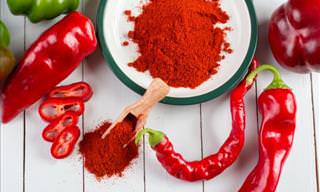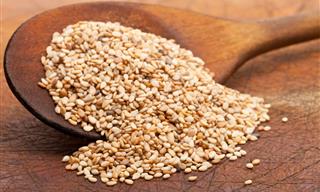Most of us are familiar with the symptoms that illnesses like colds, Asthma, and other commonly-seen diseases present with. However, there are a few symptoms that may occur that resemble symptoms of other illnesses, or are rare enough that they are unlikely to be noticed or connected to the ailment you may actually have.
With over 400 million people worldwide suffering from diabetes, 300 million suffering from Asthma, and 35 million a year being treated for Sinusitis, these diseases, though not always fatal, are widely prevalent and can lead to more serious health issues.
So here are a few lesser-known symptoms of some common ailments seen across the globe, that you can keep an eye out for.
1. Jaw Pain

Angina is a form of heart disease, usually associated with symptoms like chest pain, tightness in the lungs and heavy breathing. But the symptoms can extend beyond this, and can result in pain in the joints.
This disease can also affect the joints connected to the jaw, resulting in pain and discomfort to the area. Pain extending beyond the arm and chest to the jaw and teeth can also be a symptom of a heart attack.
2. Excessive Salivation

Saliva has long since been a very helpful tool for doctors in recognizing symptoms and diagnosing illnesses, such as bronchitis (since the early 19th century), and even measles, rubella and HIV. An excessive production of saliva by the body has also been associated with acid reflux.
Saliva plays a very important role in keeping our esophageal tract clear of stomach acid, most of which is removed with the saliva when swallowing food. For people suffering from Gastroesophageal Reflux Disease (GERD), it indicates a high level of stomach acid which causes intestinal distress and heart-burn.
The body instinctively produces abnormally high amounts of saliva to act as a lubricant and protect the throat from being affected by the acid which can cause pain and irritability. Unfortunately, it may also be a sign that you’re about to throw up due to esophageal irritation, so it’s best to stay vigilant.
While excessive saliva can be a bit annoying, it is far better than struggling with low amounts of the fluid.
3. Dry Cough
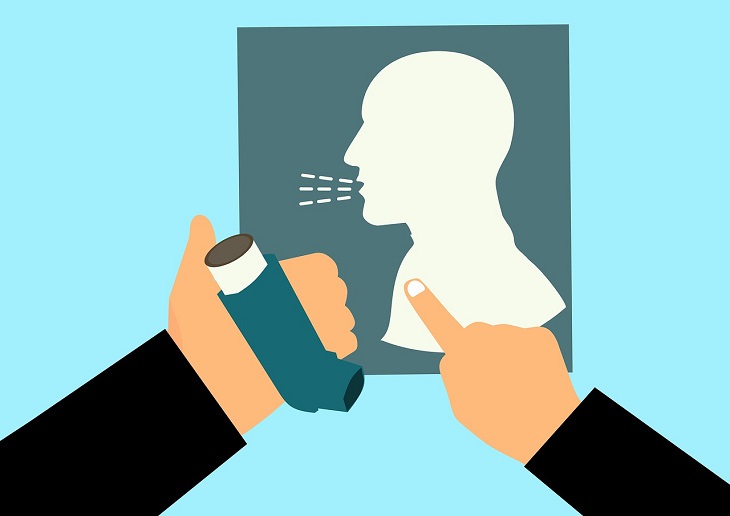
Asthma is a chronic illness affecting the lungs and is usually associated with symptoms like wheezing, heavy breathing or shortness of breath, and exhaustion. However, in certain forms of asthma, the usual symptoms aren’t present. Instead, the illness presents itself in the form of a persistent dry cough.
A dry cough is the type of cough you experience that doesn’t help get rid of mucus lodged in your respiratory tract, and is essentially considered to be non-productive. This cough-variant asthma is more prevalent in children with asthma, though even for adults, this cough has been known to last for up to six weeks and counting.
4. Extreme thirst or hunger

Though these symptoms aren’t always associated with this disease, one of the many symptoms of Type 2 diabetes is excessive thirst and hunger. This is because of the fluctuating blood sugar levels in diabetics.
When blood sugar levels reduce, energy levels also reduce which creates a craving for anything sweet and a high carb diet, to get a quick burst of strength. Unfortunately, this burst dissipates faster than anticipated and within hours, the exhaustion returns, often with a vengeance, the cravings promptly follow suit.
While this symptom is typically seen in diabetics above the age of 40, it can also affect young patients. The best way to manage fatigue as a diabetic is to stick to a high protein diet, heavy in nutritional content.
5. Fruity Breath
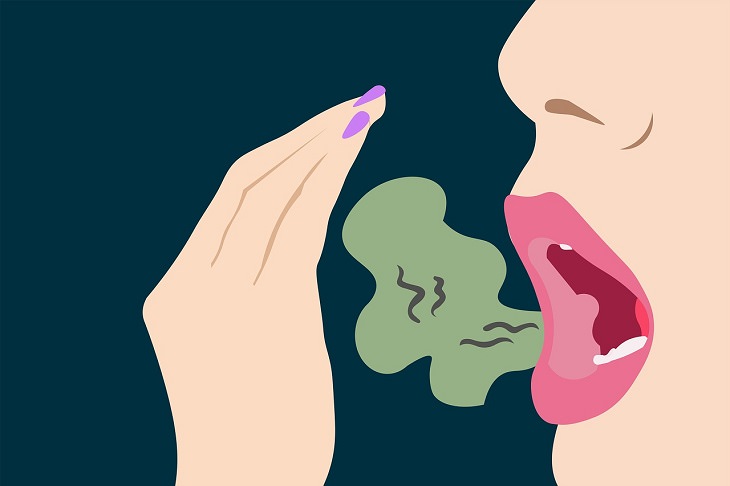
Much like how kidney diseases can cause one’s breath to smell like ammonia, diabetes can also cause halitosis and result in one’s breath taking on a fruity but foul scent.
This disease raises the glucose level in the body, which can increase the growth of bacteria in the body causing inflammation. Damage to blood vessels can further exacerbate the infection, due to reduced blood flow to the gums, which slows down the healing process.
This can lead to gum diseases like periodontitis and gingivitis, which is the major cause of bad breath. In cases of low blood sugar, the body burns fat to compensate for the lack of glucose, which increases the production of ketones in the body.
High ketone levels cause diabetic ketoacidosis (DKA), a major symptom of which is a pungent fruity odor.
6. Tooth pain
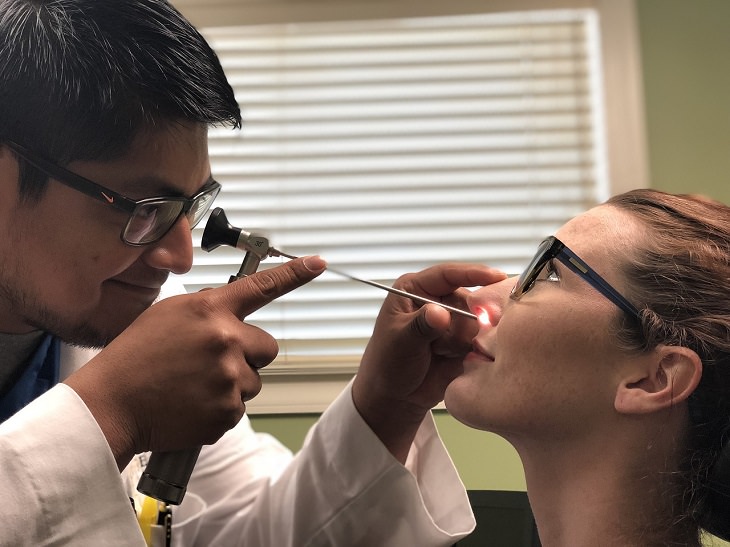
The sinuses are essentially just a connection of cavities (holes) in the skull, present behind the nose and eyes. Sinus infections are most commonly recognized by a runny nose, fever and sometimes halitosis as well. However, that stuffy nose can put an immense amount of pressure on the maxillary sinuses, which are the cavities located behind the cheekbones. This pressure can result in an immense pain in the mouth and of the teeth. Sinusitis can also reduce the amount of saliva produced which causes dry mouth. Dry mouth can have a negative effect on dental hygiene, as the lack of saliva to get rid of the bacteria can cause tooth decay and gum diseases, which (as I mentioned before), is a major contributor to bad breath.
7. Yellowing of the eyes and skin
(
This particular symptom is normally associated with liver disease. As it turns out, jaundice, which is when the skin and eyes take on a yellowish hue, can also occur as a result of gall bladder diseases.
Inflammation of the gall bladder can lead to an obstruction of the bile duct. Because of this obstruction, the bladder is unable to normally process bilirubin, which is a yellow fluid present in the body that is vital to the break-down of waste during excretion.
When bilirubin is blocked from leaving the body, it accumulates in the skin to compensate for the sudden build-up, which is a condition known as hyperbilirubinemia. This build-up of bilirubin is the main cause of skin turning yellow, and discoloration of the eyes.
8. Wrinkled Sock syndrome

You know that uncomfortable feeling you get when the sole of your foot tightens, and it can seem like its the pressure of a sock wrinkling under your feet? This sensation is also known as Morton’s neuroma and has nothing to do with your socks.
It is a condition by which the nerves in the feet and toes become compressed and can cause sensory deprivation to the toes, which is what results in that numb, almost pins-and-needles-like sensation.
This nerve entrapment often occurs in people suffering from hernias. The most predominant cause is herniated discs present in the spine, which can put an immense amount of pressure on the nerves of the lower legs.
Morton’s neuroma is most commonly seen in women, and has been linked to excessive use of high heels.
 Go to BabaMail
Go to BabaMail










